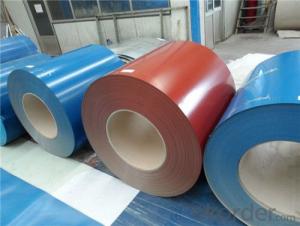Concrete with Rebar: The Foundation of Modern Structures
Have you ever wondered what holds up the towering skyscrapers, the massive bridges, and the sturdy buildings that we see all around us? The answer is a combination of concrete and rebar, two materials that have become the backbone of modern construction. Let’s dive into the world of concrete and rebar and explore how they work together to create the structures we rely on every day.
The Power Duo: Concrete and Rebar
Imagine concrete as the muscle and rebar as the bones. Together, they form a strong and durable structure. Concrete is a versatile material made from a mixture of cement, water, sand, and gravel. It’s known for its compressive strength, which means it can handle a lot of weight pushing down on it. Rebar, short for reinforcing bar, is made of steel and is added to the concrete to provide tensile strength. This means it can handle the forces that try to pull the structure apart.
The History of a Strong Partnership
The use of concrete dates back to the Roman Empire, where it was used to build structures like the Pantheon and the Colosseum. However, the addition of rebar to concrete is a more recent development. In the late 19th century, engineers realized that combining concrete with steel could create a material that was both strong and flexible. This discovery revolutionized the construction industry and allowed for the creation of taller buildings and longer bridges.
How It All Comes Together
When constructing a building or a bridge, the process begins with designing the structure and determining the amount of concrete and rebar needed. Once the design is finalized, the site is prepared, and the foundation is laid. The rebar is then placed in the formwork, which is a temporary structure that holds the shape of the concrete. After that, the concrete is poured over the rebar and allowed to cure. During this process, the concrete hardens and bonds with the rebar, creating a single, strong entity.
The Benefits of Using Concrete and Rebar
One of the main benefits of using concrete and rebar is their strength. They can withstand heavy loads and resist natural disasters like earthquakes and hurricanes. Another advantage is their durability. Concrete and rebar structures can last for decades, if not centuries, with minimal maintenance. They are also cost-effective, as they require less material and labor compared to other construction methods.
The Challenges of Working with Concrete and Rebar
Despite their many benefits, working with concrete and rebar comes with its own set of challenges. For one, concrete is heavy and can be difficult to transport and pour. It also requires a certain amount of time to cure, which can slow down construction projects. Additionally, rebar can be expensive and requires specialized equipment to handle and install.
Innovations in Concrete and Rebar
Over the years, there have been many innovations in the use of concrete and rebar. One such innovation is the development of self-compacting concrete, which can flow into the tightest spaces and eliminate the need for vibration. Another innovation is the use of fiber-reinforced concrete, which incorporates small fibers to improve the concrete’s tensile strength. These innovations are helping to push the boundaries of what’s possible in construction.
The Future of Concrete and Rebar
As we look to the future, the use of concrete and rebar is likely to continue to evolve. With the growing need for sustainable construction methods, we may see the development of eco-friendly concrete and rebar that can reduce the environmental impact of construction projects. We might also see advancements in the way concrete and rebar are used, such as the integration of smart technologies that can monitor the health of structures in real-time.
In Conclusion
Concrete and rebar are truly the foundation of modern structures. They have shaped the skylines of our cities and the landscapes of our countryside. As we continue to innovate and push the boundaries of what’s possible, we can look forward to a future where concrete and rebar play an even more integral role in the structures we build and the lives we lead.

